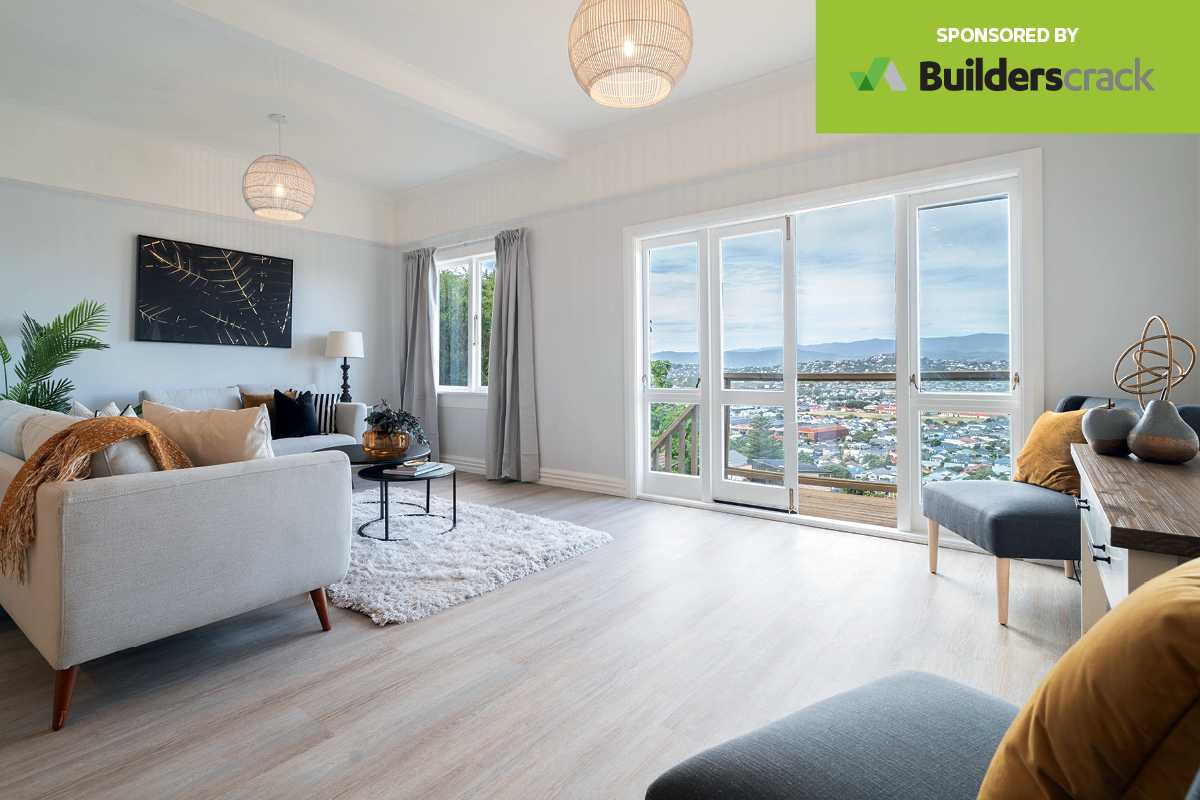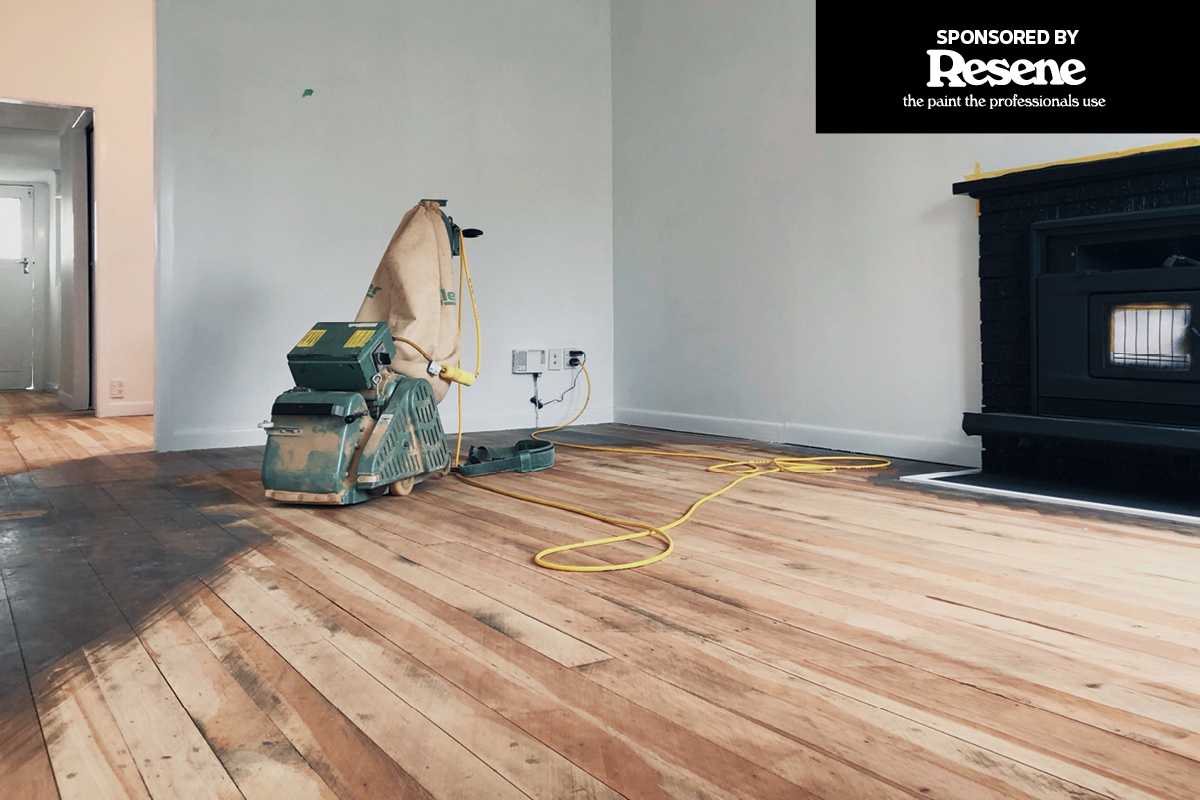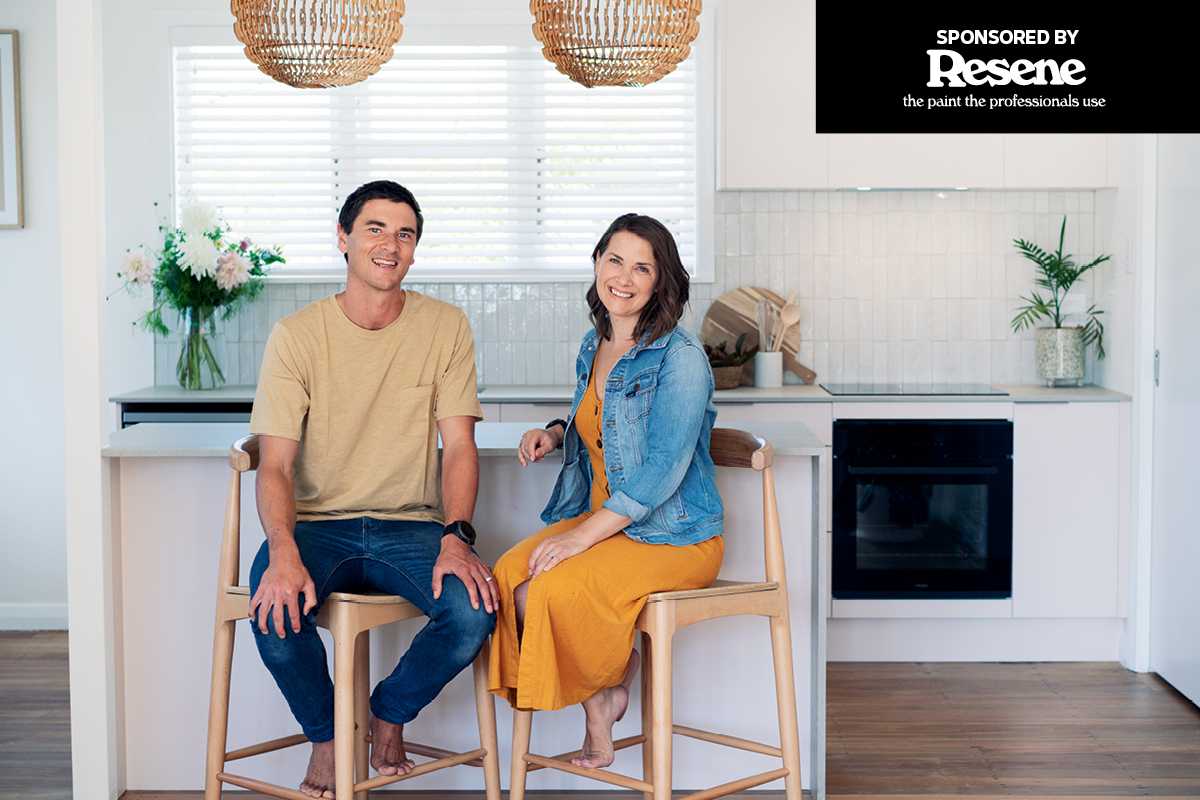
Alice and Caleb - top four kitchen rules
Kitchens truly are the heart of any home, but how do we keep the beat in sync with the budget when renovating? Caleb and Alice Pearson, of Pearson + Projects, share their experience.
16 April 2024
Everyone echoes the sentiment because it holds true: kitchens truly are the heart of any home.
It’s a common sight at gatherings to find guests gravitating towards the kitchen bench, making it the hub of social interaction. The kitchen plays a pivotal role in the appeal of a house and the comfort of who lives there.
Reflecting on our projects, we have identified where we place priority and how we approach a kitchen renovation. The focus for us falls into four key goals which we consider work to achieve the right balance. Flow, function, incorporating a feature, finance, and achieving all of this within our budget.
Kitchens are large and expensive projects, so if you’re doing one make sure you invest in your planning to add the most value to your property and get the best return.

Create connection from your kitchen into other living spaces. A new kitchen provides the opportunity to add huge value to your house and the way occupants live, including making big layout changes that otherwise cannot be achieved. Think about how the kitchen connects and flows between adjacent spaces to create a cohesive living environment for everyday living.
If you have an older home, there is a good chance the kitchen is in its own room, and you have the chance to remove a wall to open this up. This can completely change how living spaces are used and make the kitchen the centre of the home. After all, Kiwis love open plan living.
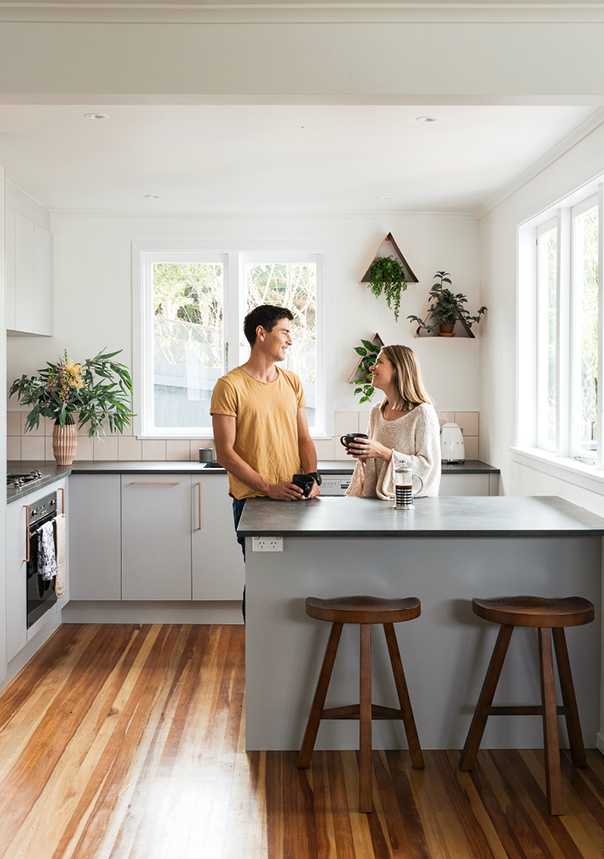
In most renovations we have done where the kitchen is separate, we always try to create open plan living as we believe it adds value to how people live in their homes. Make sure to get professional advice to confirm if your walls are structural or a building consent is required.
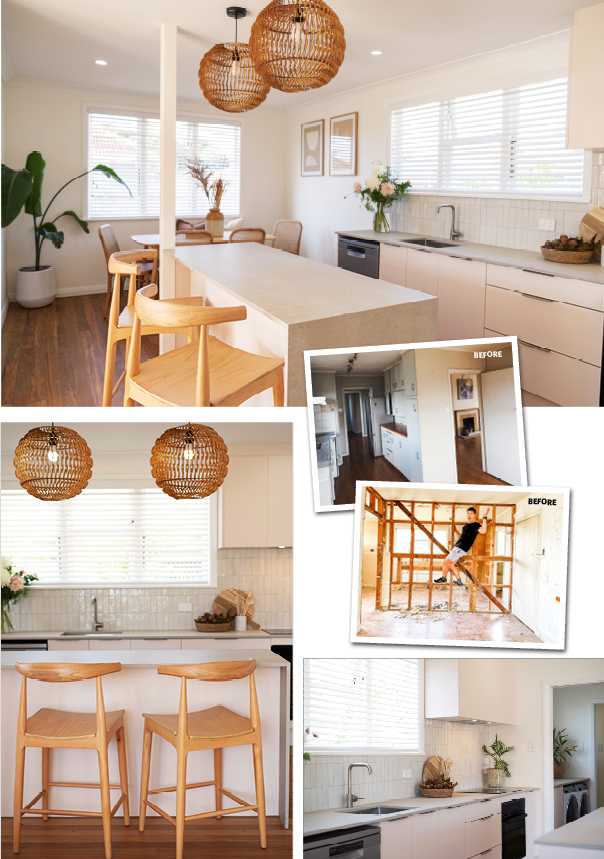
The Function
A well-thought-out design is the key to a successful kitchen renovation. Not just to achieve a beautiful design, but also a thoughtful space that enhances the everyday living experience with its practicality and functionality. Think how you would live and want to use the kitchen.
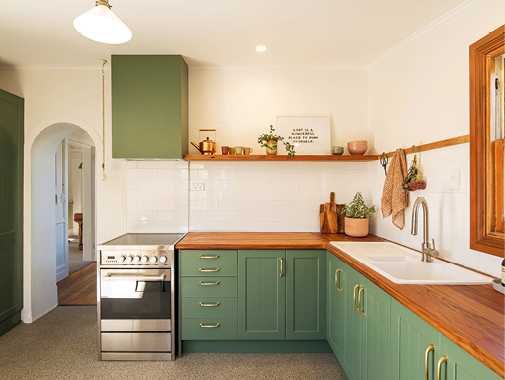

Some essential elements to keep in mind when you are designing your kitchen include:
- Layout: Consider the connection between the cooking area, food preparation and cleaning area, and where your food is stored (fridge and pantry). Having these located in practical spaces makes use of the kitchen work well.
- Adequate bench space: essential for efficient food prep, organising ingredients, handling kitchen utensils and using benchtop appliances, while ensuring easy cleaning.
- Storage: A good kitchen will have sufficient storage for the size of the home. There are ways with layouts to achieve efficiency to get storage, and wall cabinets are a great way to utilise unused wall space.
- Lighting: Plays a big part in being able to operate a kitchen properly and also create an inviting space. You can use a combination of different light sources to ensure all areas are well-lit.
- Kitchen designer: Many kitchen companies offer a design and quote service, so will prepare a design based on their expertise.
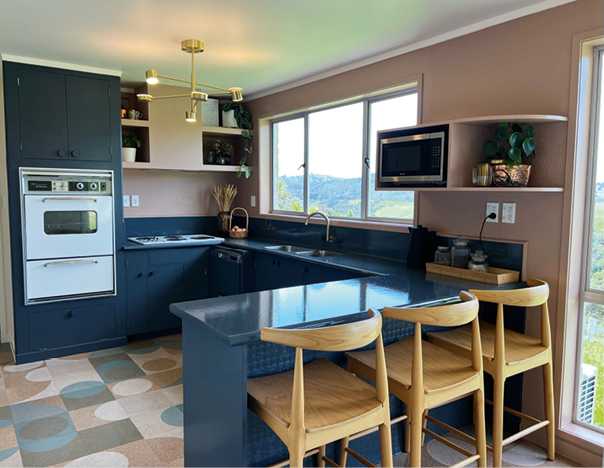
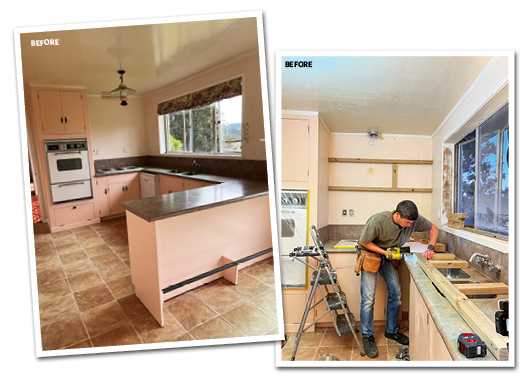
Design Feature
A beautifully designed kitchen is often the highlight of a house, captivating potential occupants and often influencing their decision to rent or purchase a property.
While many rooms in a house can be personalised with a fresh coat of paint, renovating a kitchen involves significant costs and complexities. So, the right balance needs to be struck with a design that will still look good in many years to come but also add a bit of a wow factor.
There are many surfaces and combinations where you can add a point of difference in a kitchen, but a few to keep in mind which can have a subtle effect with impact include:
- Splashbacks: A wide range of options and finishes can achieve something subtle or bold.
- Handles: Spending a few dollars more per handle will provide more options.
- Feature light: A pendant or a ceiling light adds function and design.
Adding design elements does not have to break the bank; it might not cost anything extra at all.
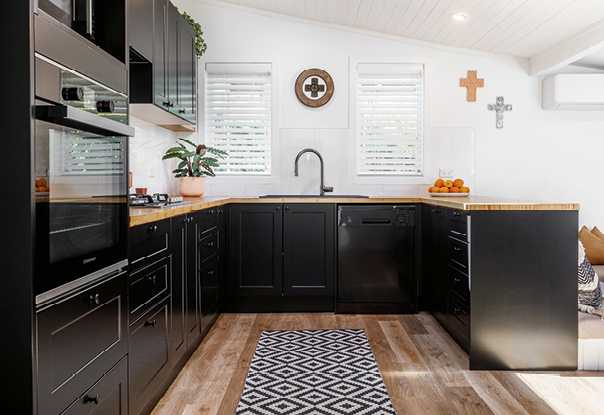
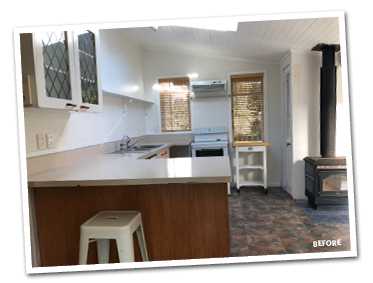
The Finances
Do all of the above, without overspending. Given the kitchen requires a lot of materials, products, appliances and tradespeople to complete, it’s a costly project to do. Before starting, detail all expenses and prepare yourself a budget. This way you will know what you are getting yourself into before you start and have a budget to work towards during the project.
Seek out various quotes to ensure you’re getting the best value for your money, rather than simply opting for the lowest cost. While there are numerous upgrades available for appliances, benchtops, tapware and handles, distinguish between essential items and nice-to-have extras.
Our goal is to add more value to the property than we spend. This can be done through managing costs and also being clever with where we spend our budget to get a great design and the best return.
